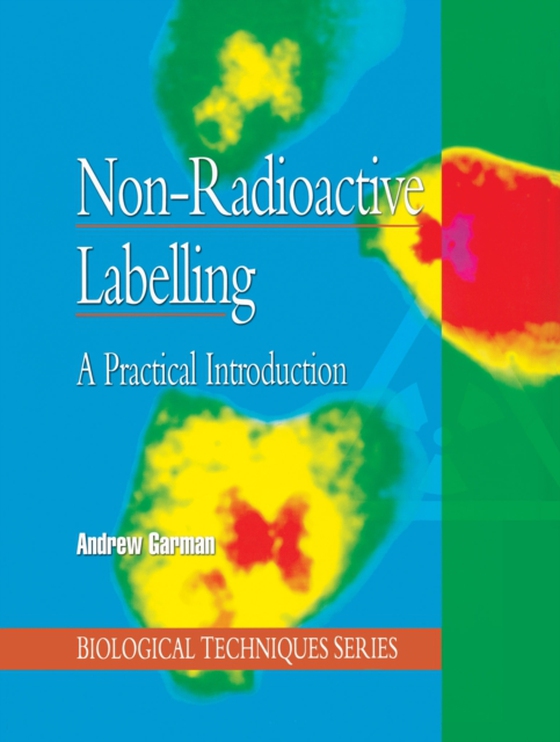
Non-Radioactive Labelling e-bog
546,47 DKK
(inkl. moms 683,09 DKK)
Biological Techniques is a series of volumes aimed at introducing to a wide audience the latest advances in methodology. The pitfalls and problems of new techniques are given due consideration, as are those small but vital details not always explicit in the methods sections of journal papers.In recent years, most biological laboratories have been invaded by computers and a wealth of new DNA tec...
E-bog
546,47 DKK
Forlag
Academic Press
Udgivet
20 marts 1997
Længde
160 sider
Genrer
PHVN
Sprog
English
Format
pdf
Beskyttelse
LCP
ISBN
9780080551098
Biological Techniques is a series of volumes aimed at introducing to a wide audience the latest advances in methodology. The pitfalls and problems of new techniques are given due consideration, as are those small but vital details not always explicit in the methods sections of journal papers.In recent years, most biological laboratories have been invaded by computers and a wealth of new DNA technology and this will be reflected in many of the titles appearing in the series.The books will be of value to advanced researchers and graduate students seeking to learn and apply new techniques, and will be useful to teachers of advanced undergraduate courses involving practical or project work.Labelled biomolecules are an essential tool in life science research, and non-radioactive labels are becoming increasingly important due to their convenience of measurement, greater safety and lack of disposal problems compared to radioactive labels.This book provides practical information, background theory and protocols to allow a beginner to label many types of biomolecules, including proteins, peptides, nucleic acids and small molecules.This book is essential for biochemists, molecular biologists and cell biologists wanting to use non-radioactively labelled molecules.Aimed at researchers without specific expertise in chemistry, the book includes: A review of the main signal systems and labels available, indicating their strengths and weaknesses Discussion of the most useful strategies for labelling the various biomolecules 32 protocols covering common labelling needs Descriptions of the factors governing protocol design, enabling protocols to be modified for different applications Sources of information including references, data and suppliers
 Dansk
Dansk

